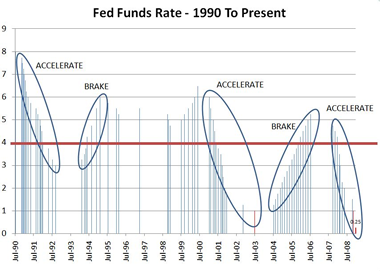Whether The Weather Is Withering
SEARCH BLOG: WEATHER and GIGO
Michigan finally enjoyed above average temperatures [highs in the 70s] this last week. Prior to the warming spell, the landscape looked as if it were still mid-winter. Birds and squirrels were still huddled in their sheltered spots and eagerly taking the nuts or other treats we left out for them. Now that warmer weather has finally arrived, insects are appearing and the birds are everywhere scouring for them. The normally early-blooming daffodils have sprung up and are blossoming brilliantly.
As usual, this CO2 global-warming skeptic fails to see the harm this warmth has delivered.But the real reason for this post is to highlight some work by Anthony Watts regarding weather stations. After all, the data that has driven this global warming scare is derived from these weather monitoring stations. If you judge, with a faulty thermometer, whether you have a fever or are just slightly warmer than usual, your judgment could be severely impaired and you could be running off to the doctor for some very expensive and unnecessary treatments.
In the comments to a recent post on Anthony Watts' site, I asked him if he had a picture of a weather monitoring station that represented the "ideal"; i.e., placement and surroundings that represented the area. He provided a link to this [which also includes other pictures of the site]:

As you can see, aside from the protective fence, there are no artificial objects or paved surfaces or trees or buildings that would provide biased input.
Corvallis, OR, operated by the soon to be retired George Taylor, the OFFICIAL STATE CLIMATOLOGIST OF OREGON, is a good example of a CRN1 station.Unfortunately, as Anthony often points out, this situation is the exception to the rule. More often than not, this is the way a site looks [from his post of 4-21-08]:
"Today I surveyed a sewage treatment plant, one of 4 stations surveyed today (though I tried for 5) and found that for convenience, they had made a nice concrete walkway to allow servicing the Fisher-Porter rain gauge, which needs a paper punch tape replaced one a month.Why, indeed! GIGO.Here is what you see in visible light:
Here is what the infrared camera sees:
Note that the concrete surface is around 22-24°C, while the grassy areas are between 12-19°C
This station will be rated a CRN5 by this definition from the NOAA Climate Reference Network handbook, section 2.2.1:
Class 5 (error >~= 5C) - Temperature sensor located next to/above an artificial heating source, such a building, roof top, parking lot, or concrete surface.”
Now a caveat: There had just been a light rain, and skies had been overcast, it had just started to clear and you can see some light shadows in the visible image. Had this rainfall and overcast not occurred, the differences between grass and concrete temperatures would likely be greater. Unfortunately I was unable to wait around for full sun conditions. The air temperature was 58°F (14.4°C) according to my thermometer at the time.
Here is another view which shows the NOAA sensor array, the sky, and the evidence of recent rainfall as evidenced by the wet parking lot:
Why NOAA allows installations like this I’ll never understand. And this station is a USHCN climate station of record, used in who knows how many climate studies."
One other note: the warm weather reference at the beginning of this post is projected to dissipate in a trough of colder than normal weather next week. Too bad. I was just getting the rust off my golf game.
..








